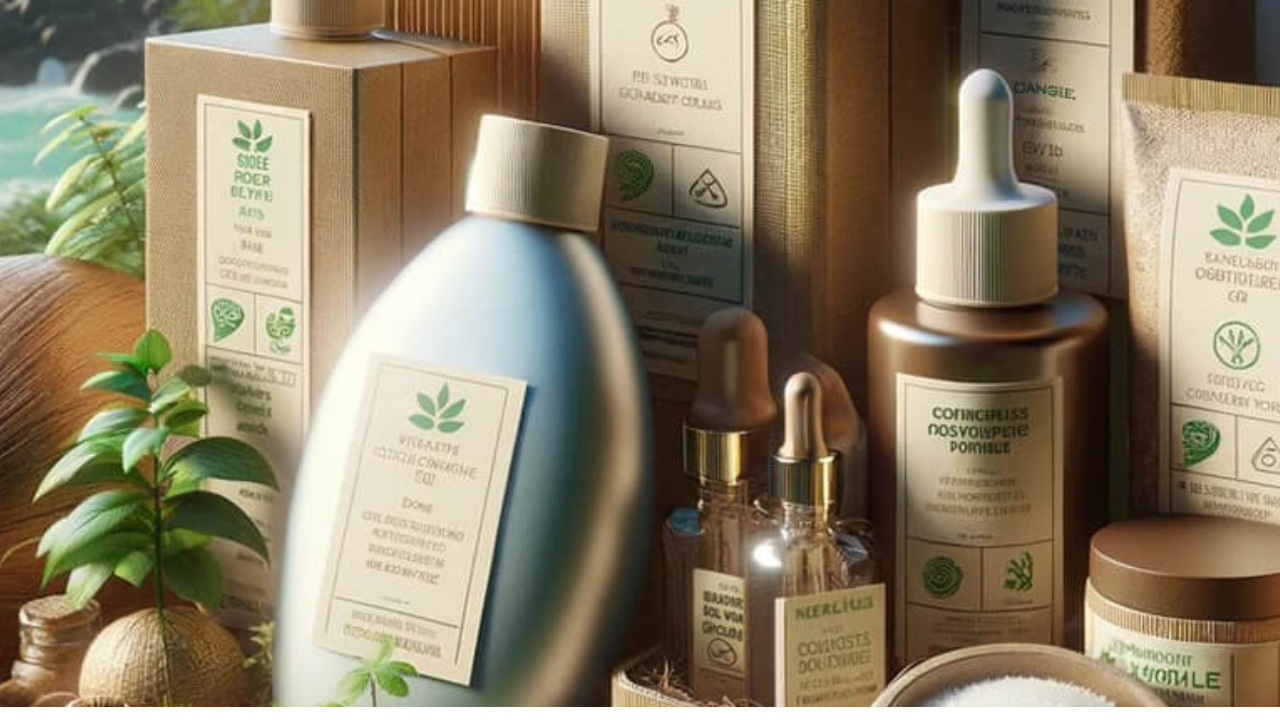The beauty market is experiencing an essential transformation because sustainability now represents a vital concern for businesses and their customers. Cosmetic brands experience growing pressure to implement green packaging methods because consumers bring greater environmental awareness to light. Moving toward eco-friendly packaging offers dual benefits by benefiting environmental preservation and positively affecting brand image, customer trust, and loyalty. This piece discusses how beauty companies can use it to create environmentally friendly cosmetic packaging solutions that preserve quality standards with aesthetically pleasing design choices.
Eco-friendly Packaging
The cosmetic industry produces massive amounts of plastic waste, which primarily ends up in ocean waters and landfills. Single-use plastics, together with non-recyclable composites, create pollution and deplete resources because they are used as traditional packaging materials. Consumer demand for value-based products has become essential, so brands that do not adapt face market decline. Modern beauty brands need sustainable packaging because it lowers carbon impacts, saves natural resources, and reduces waste.
Implementing Environmentally Friendly Packaging
A thorough evaluation of present packaging solutions, together with their environmental effects, should be conducted. Every sustainable packaging transformation starts with a full review of present packaging materials. Brands should analyze:
- The types of materials used
- The recyclability and biodegradability of packaging
The manufacturing process, together with transportation operations, produces carbon emissions.- Waste generated during packaging processes
- Organizational assessment enables staff members to identify necessary changes to create lasting, sustainable improvements.
Choose Sustainable Packaging Materials
The market provides multiple sustainable options for cosmetic packaging materials that replace conventional packaging solutions. Several highly effective sustainable packaging alternatives exist, which include:
- PCR – Post-Consumer Recycled Plastics function as a conservation method for existing plastic waste materials.
- Glass serves as a completely recyclable material that enhances both skincare and fragrance packaging while delivering an upscale appearance.
- Bamboo: A biodegradable and renewable resource, ideal for caps, applicators, and compact cases.
- Plant-based cornstarch plastics function as degradable plastics, which degrade faster than normal plastic options.
- Sustainable paperboard, along with molded pulp packaging materials, can substitute plastic packaging in numerous applications.
Optimize Packaging Design for Sustainability
All sustainable package designs need to minimize waste production when created. Multiple ways exist for brands to make their designs more efficient through:
- Reducing unnecessary layers and components
- Manufacturers should adopt mono-material solutions since they simplify recycling processes.
- Companies should remove all plastic insertions and unnecessary wrappers.
- Brands should establish packaging options that people can refill and reuse.
- Constructing environmentally friendly packages that provide an enhanced user experience additionally builds brand identity.
Partner with Eco-Friendly Packaging Suppliers
Brand sustainability, like UKPACK, depends on working with suppliers who ensure the ethical and efficient acquisition of sustainable materials. The selection of suppliers must include companies that demonstrate the following characteristics:
- Follow sustainable manufacturing practices.
- The FSC (Forest Stewardship Council) certification should be offered for paper packaging.
- All manufacturers should adopt low-waste and energy-efficient production techniques.
- Businesses should disclose their supply chain operations and material procurement processes to customers.
Refillable and Reusable Packaging Systems
The market has adopted refillable packaging systems because they represent a more sustainable option than disposable containers. Luxury and mass-market companies introduce refill stations together with reusable packages to decrease their environmental footprint. Examples include:
- Refillable perfume bottles and skincare jars
- Reusable lipstick and mascara cases
- The modular design of packaging lets customers replace individual components of their products.
Environmentally Friendly Printing and Labeling Techniques.
The sustainability of a product depends heavily on its printing and labeling methods. Brands should consider:
- Water-based and soy-based inks should be replaced by petroleum-based inks for printing purposes.
- The use of embossed or debossed logos serves as a replacement for additional labeling methods.
- The use of basic labeling methods helps minimize superfluous materials.
- The use of biodegradable paper labels made from recycled materials should be considered.
Educational Materials about Sustainable Packaging
Consumer involvement is a vital factor in helping people dispose of packaging materials correctly. Brands should:
- Clearly label recyclable packaging components.
- Technical instructions should be provided to show how customers should dispose of and recycle their products.
- Companies should motivate their customers to join their recycling initiatives and return programs.
Continuous Monitoring to Enhance Sustainable Practices.
Sustainability exists as a permanent cycle that demands permanent enhancement. Brands should:
- The company needs to evaluate packaging materials and practices on a regular basis.
- Rephrase the review process to gain customer opinions regarding green packaging methods.
- The company should dedicate resources to developing new sustainable solutions through research and development initiatives.
Conclusion
Beauty brands must transition to eco-friendly packaging to achieve environmental impact reduction and satisfy their consumer demands. Cosmetic companies achieve sustainability alignment through their packaging by using environmentally friendly materials and designing efficient packages while providing educational materials to customers. Companies that embrace environmentally friendly practices while successfully improving their brand image will achieve the dual benefits of planetary conservation and increased customer retention.


